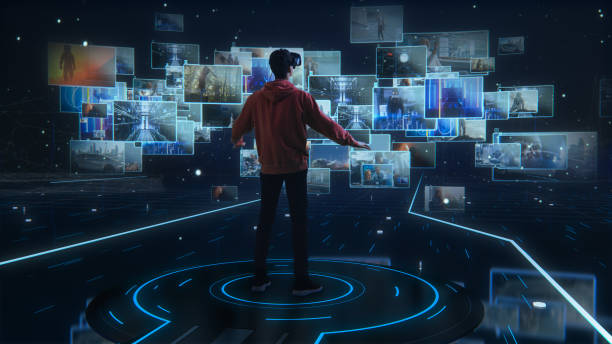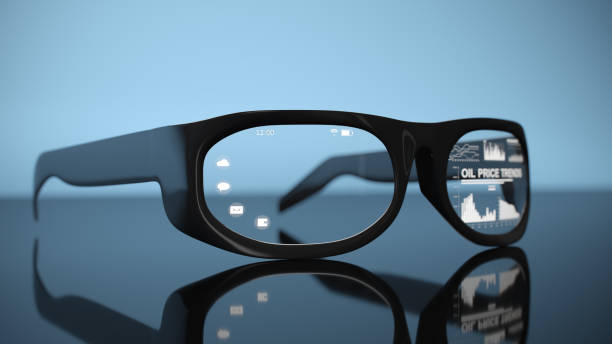"Rethinking Reality: Virtual Reality's Rising Influence in Modern Film"
Dive into an exploration of how Virtual Reality (VR) is reshaping the landscape of modern film. From creating immersive narratives to revolutionizing filming techniques, VR is more than a technological novelty—it's a new frontier in cinematic storytelling.

The Genesis of Virtual Reality in Film
Virtual Reality, although primarily associated with gaming, has been gradually seeping into the world of film. Its roots can be traced back to the 1990s, when the concept of VR was explored in movies like “The Lawnmower Man.” However, it was merely the idea of VR that was presented, not its actual implementation. The real leap came with the advent of VR headsets and software, which have opened up an entirely new dimension for filmmakers and audiences alike.
The Present State: VR’s Integration into Film
Today, VR is changing the game in two significant ways: in the production process and the viewing experience. On the production front, directors are utilizing VR for virtual scouting and pre-visualizations, allowing them to explore digital environments before actual filming. For viewers, VR presents an opportunity for a more immersive, participatory form of storytelling, where they can experience the narrative from within.
Recent films like “Ready Player One” and “The Lion King” have utilized VR technology to varying extents, paving the way for other filmmakers to follow suit. These films have not only used VR for their production but have also incorporated the concept of VR into their narratives, demonstrating the potential for this technology in storytelling.
Assessing the Impact: How is VR Changing the Game?
The incorporation of VR into film is changing the dynamics of storytelling. With VR, filmmakers can create a more immersive and interactive environment for viewers, breaking the fourth wall of traditional cinema. This can significantly enhance the emotional impact of a film, as audiences can “experience” the film rather than merely watching it.
Furthermore, VR is introducing a new form of cinematic language. With traditional film, the director guides the viewer’s attention through framing, camera angles, and editing. In VR cinema, the viewer has control over their perspective, creating a challenge for filmmakers to guide attention within a 360-degree environment.
Looking Ahead: VR’s Potential and Challenges in Film
The future of VR in film is both promising and challenging. The potential for creating immersive narrative experiences is immense. However, there are technical and creative hurdles to overcome. The high cost of VR equipment and the need for specialized skills can limit its accessibility. Additionally, filmmakers must learn to navigate the new narrative techniques that VR demands.
Nevertheless, as technology evolves and becomes more accessible, it seems inevitable that VR will become a significant part of the film industry. As we move forward, it will be fascinating to watch how this technology reshapes cinematic storytelling, blurring the lines between reality and fiction in ways we can only imagine.
In conclusion, Virtual Reality’s influence on modern film is a fascinating topic that merits further exploration. From its historical inception to its current implementations and future potential, VR’s integration into film is a game-changing trend that is set to redefine the boundaries of cinematic storytelling.





